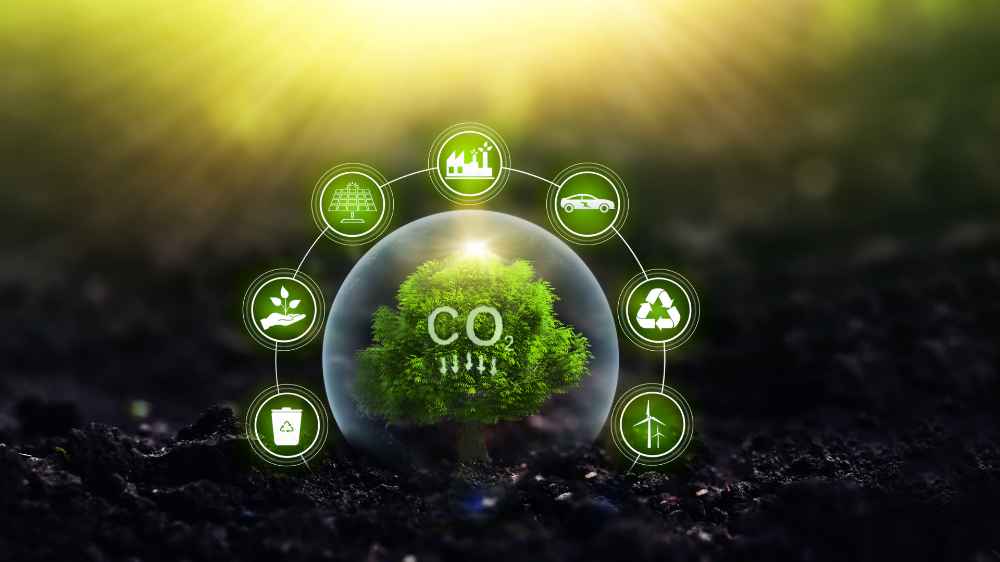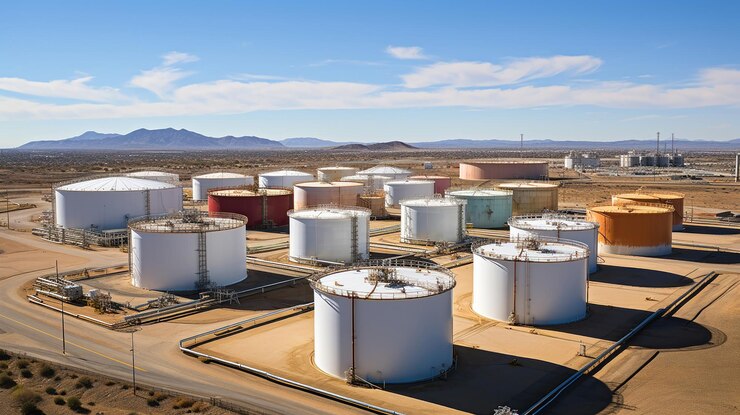What are carbon markets and their instruments?
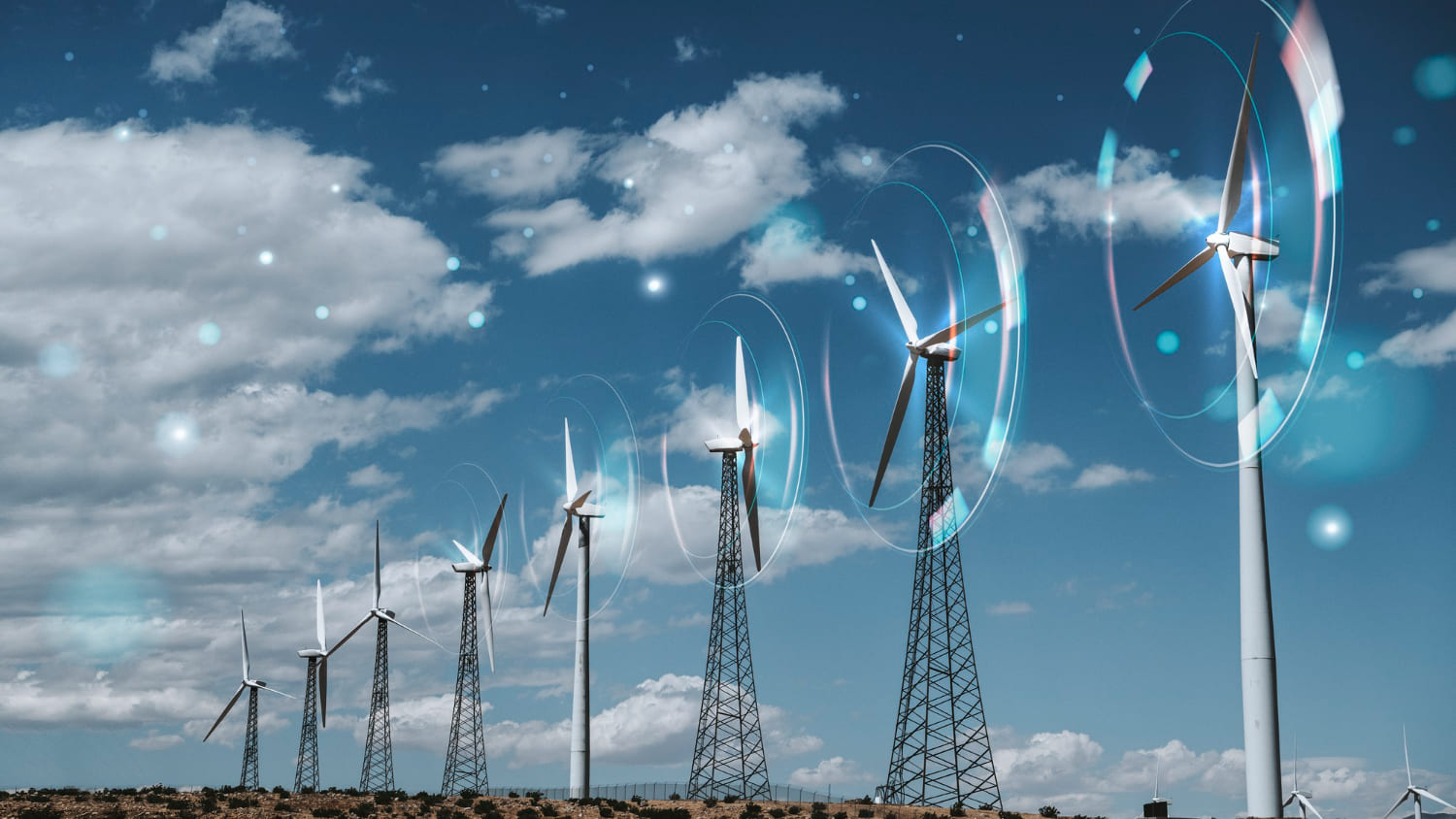
Carbon markets are mechanisms for trading where carbon credits are purchased and sold.
A single tradable carbon credit is equivalent to one metric ton of carbon dioxide or an equal quantity of another greenhouse gas that has been reduced, removed, or prevented.
Let's delve into the components of a carbon market.
Carbon Caps
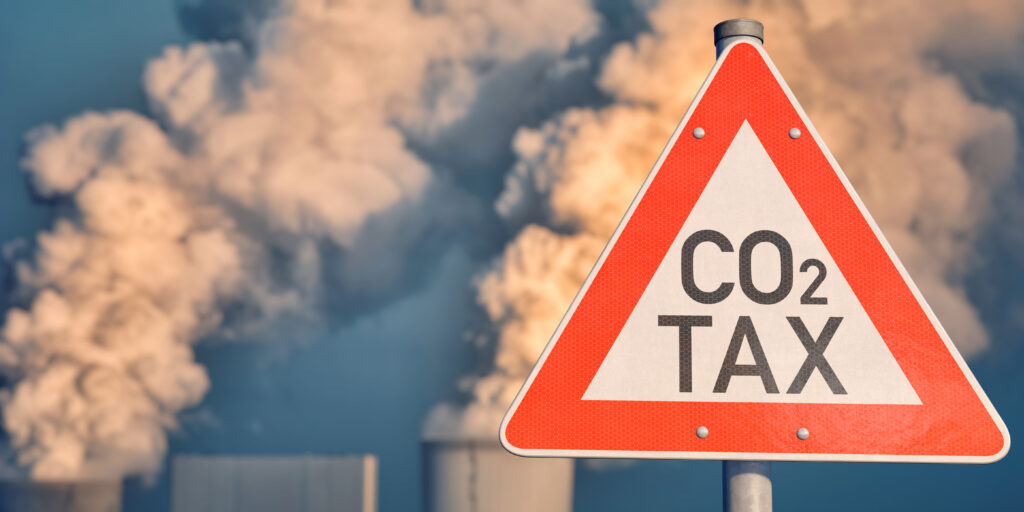
Caps limit harmful emissions. In order to motivate and provide incentives for companies to lower their emissions, a government establishes an emission ceiling, setting the highest allowable emission level. Concurrently, the government generates permits or allowances for every emission unit.
Carbon Emission Trading
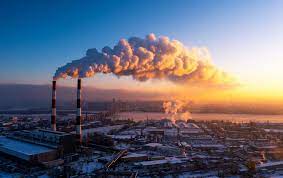
Carbon dioxide (CO2) and other greenhouse gas (GHG) emission trading represent a variant of carbon pricing. Carbon trading, also referred to as carbon emissions trading, involves the utilization of a marketplace for the trading of credits. These credits enable companies or other entities to release a designated quantity of greenhouse gases within established limits.
Carbon Taxes
Firms that generate CO2 emissions through their operations are subject to a carbon tax. Globally, it is used as an incentive to reduce the economy-wide usage of high-carbon fuels and to protect the environment from the harmful effects of excessive carbon dioxide emissions.
Carbon Credits
Carbon credits, often referred to as carbon offsets, are authorizations granting holders the ability to release a specific quantity of carbon dioxide or alternative greenhouse gases. Each carbon credit, functioning as a permit, symbolizes the removal of 1 ton of carbon dioxide from the atmosphere.
Carbon Offset
Offsetting means compensating.A carbon offset is a measure taken to counterbalance the release of carbon dioxide into the atmosphere caused by industrial or other human activities. For example, purchasing the carbon offsets for a steel plant would contribute to its commitment to reducing its environmental impact.
